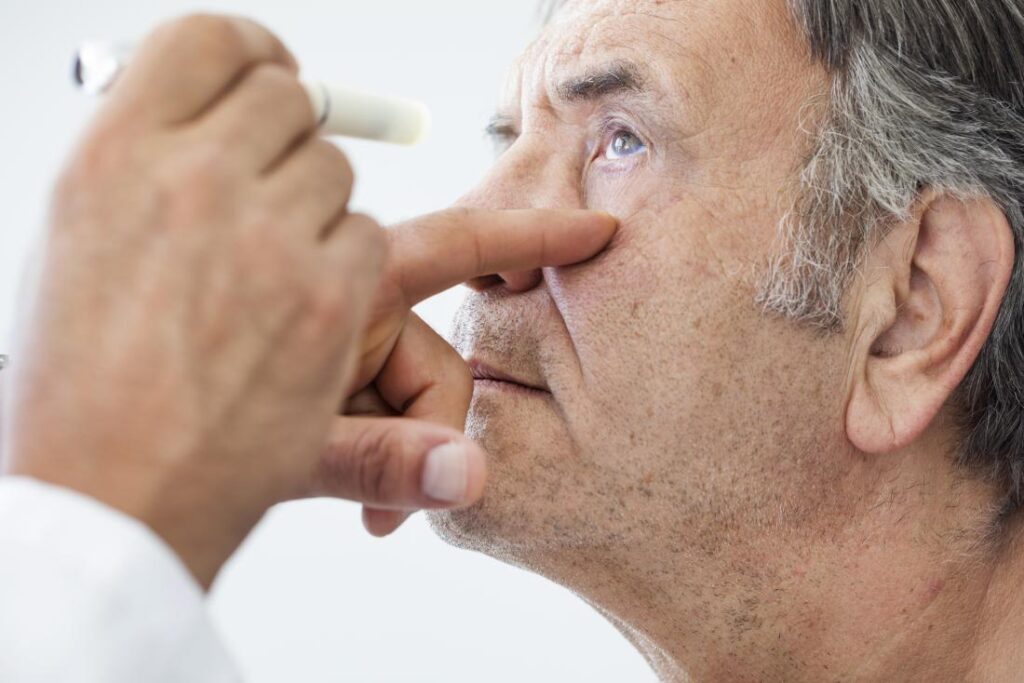
Cataract and Cataract Surgery
Your eye has a lens that brings the object you are gazing upon into focus. As we get older; due to our diet, sun exposure, life style and genetics; this lens can become cloudy. When the lens becomes cloudy, we call it a cataract.
Cataract formation can occur in children and adolescence as well. In kids and young adults there is usually a cause. This can range from congenital and trauma, to infection and inflammation. Your ophthalmologist might need to do special investigations after careful examination to find the cause.
Cataract that compromises your vision requires surgery. This is a 15 minute, day case procedure that removes the cloudy lens and replaces it with an artificial lens. This tiny lens will have your distance spectacle power calculated into it so that you might not need glasses except to read. The lens will not degrade in your lifetime and your cataract will not return.
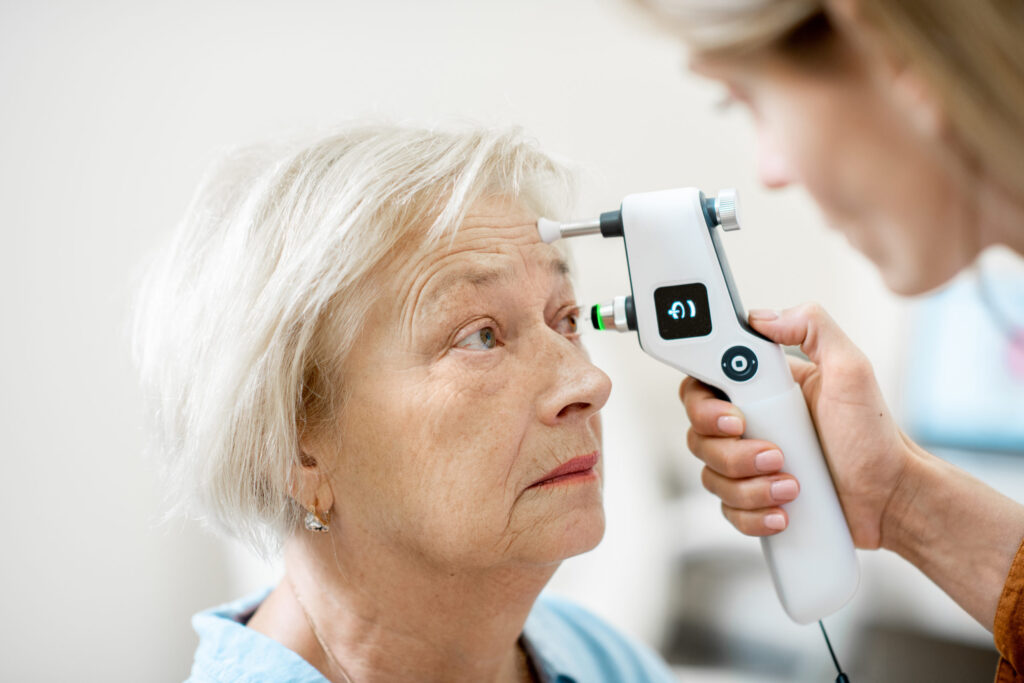
Glaucoma
Your eye is very much an extension of your brain and is unique from other organs in that the fluid within your eye is clear. This allows the image to pass through uninhibited to the retina.
Sometimes, the eye can either produce too much fluid or drain fluid too slowly which will increase the pressure in the eye. This increased pressure applied to the optic nerve can cause irreversible damage.
Treatment to decrease eye pressure can be eye drops, tablets or surgery. The majority of glaucoma patients experience no symptoms until the disease is at its final stage before blindness. If any family member has glaucoma or if you have had any major eye problems, visit your Ophthalmologist for peace of mind. Even if you have had no eye problems, a thorough eye exam would not hurt and could save your sight.
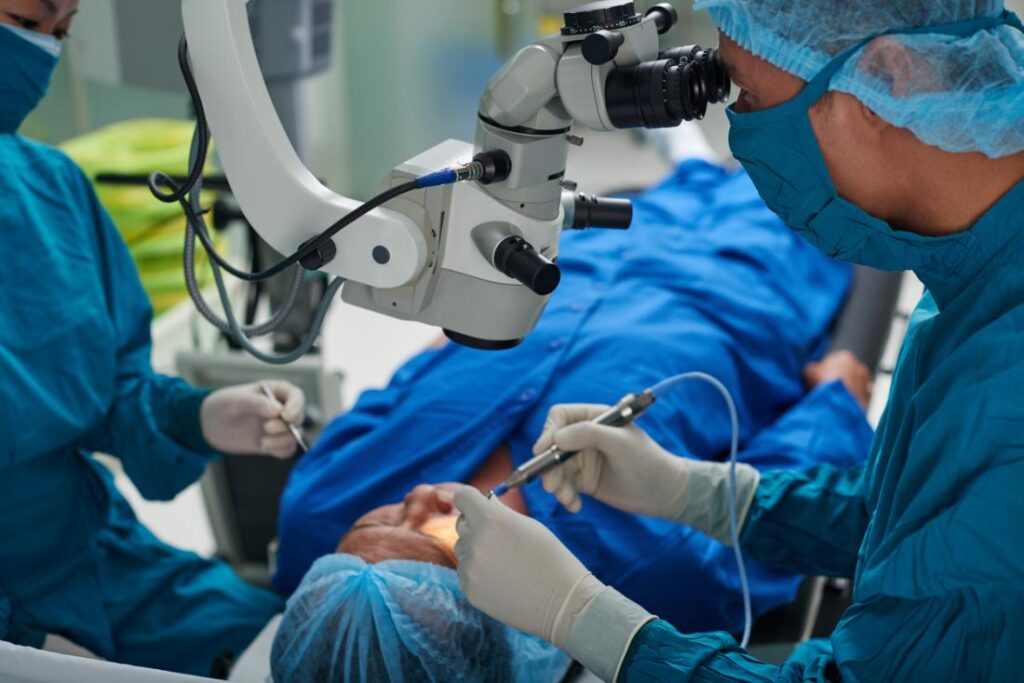
Retina and Vitreoretinal Surgery
Your eye has an extremely specialised nerve (optic nerve) that allows light reflected from objects to be captured and sent to the brain for processing. What occurs in the eye to capture these images in continuous, reality defining motion is far beyond any video device at present.
The cord like optic nerve continues as a sheath-like inner layer called the retina, much like the stem of a flower extends further as petals. The retina that lines the inner wall of your eye (and captures the images you see) can sometimes develop holes, detach from the inner eye wall, become infected or inflamed and sometimes develop scars. Depending on the type of retinal disease, treatment could be medical or surgical, sometimes both.
Your ophthalmologist will consider active retinal pathology as relative emergency, damage done to the eyes nervous system is irreversible and blindness can occur if untreated. Dr Chetty specialises in treating retinal disorders.
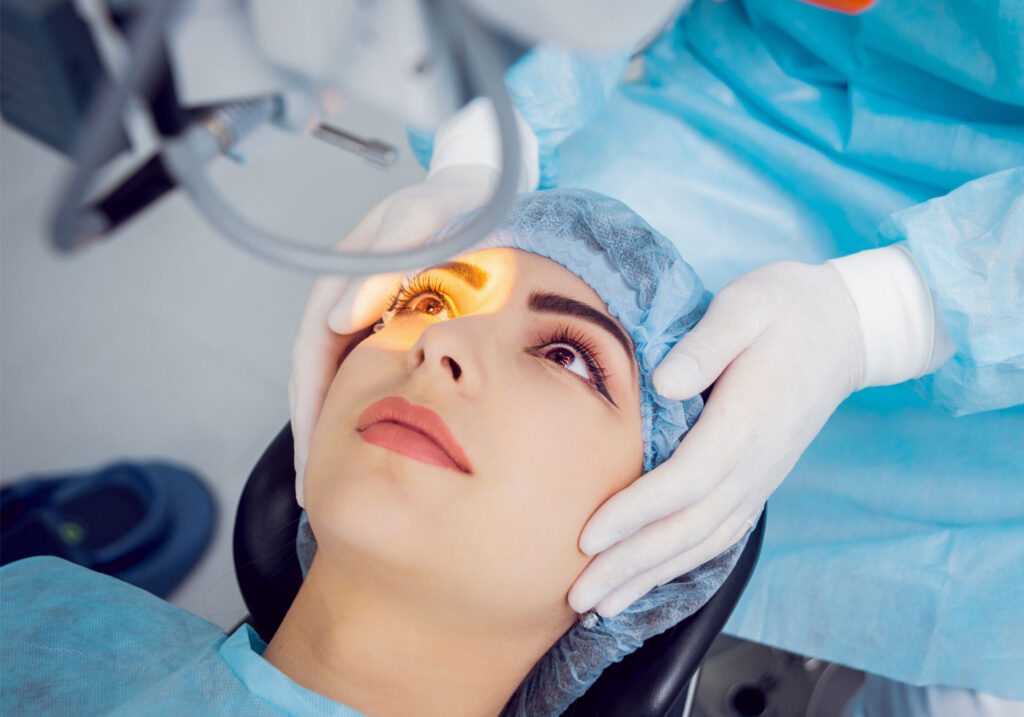
Lid and Oculoplastic Surgery
Any surgery done to correct deformities and/ or malformations of the eyes and its surrounding components may be referred to as oculoplastic surgery. Structures such as the bony socket of the eye, eyelids and tear ducts are included, as well as the cheeks and skin in the contiguous area.
A combination of reconstruction and plastic surgery can be done by Dr K.K Chetty in order to restore function and form to the tissues involved. Oculoplastic procedures may be categorized as functional and reconstructive eyelid surgery, tear duct operations, and surgical and non-surgical cosmetic operations.
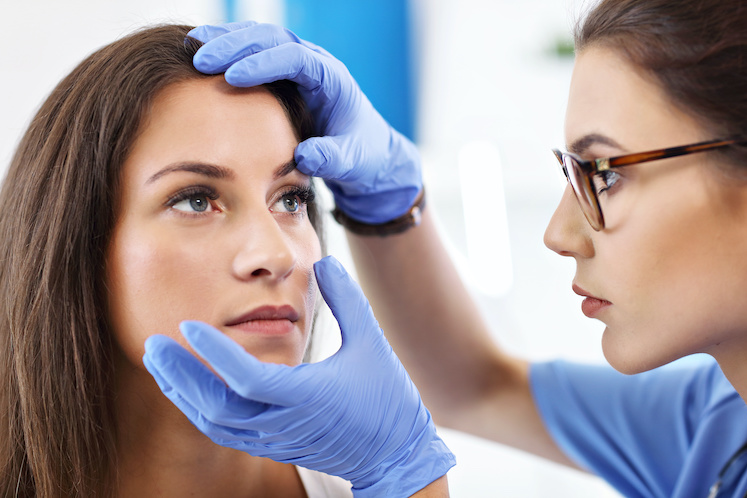
Cornea and External Diseases
The cornea is the clear, dome-like structure on the front of the eye through which we see. Corneas can be damaged through inflammation, degeneration, allergies, infections, injuries and inherited dystrophies. External disease refers to conditions of the conjunctiva and eyelids that affect the function of the eyes themselves.
Corneal and external diseases refer to eye conditions that affect the ocular surface. Some of the common conditions that affect the ocular surface include dry eye, blepharitis, allergies, conjunctivitis, corneal infections, and corneal dystrophies which may cause clouding of the cornea.

Ocular Trauma
Most commonly, this occurs when something scratches the eye. Exposure of the eye to toxic chemicals or major trauma can cause more severe eye injury. Symptoms vary depending on the type of injury, but may include eye pain, eye redness or discomfort when moving the eye. Treatment varies based on the severity and type of injury. Most cases should be evaluated by a doctor. Chemical injuries require immediate attention.
Ocular trauma is one of the most under-recognized causes of vision loss in the developed world. Blunt or penetrating ocular trauma can lead to vision loss through cataract or glaucoma.
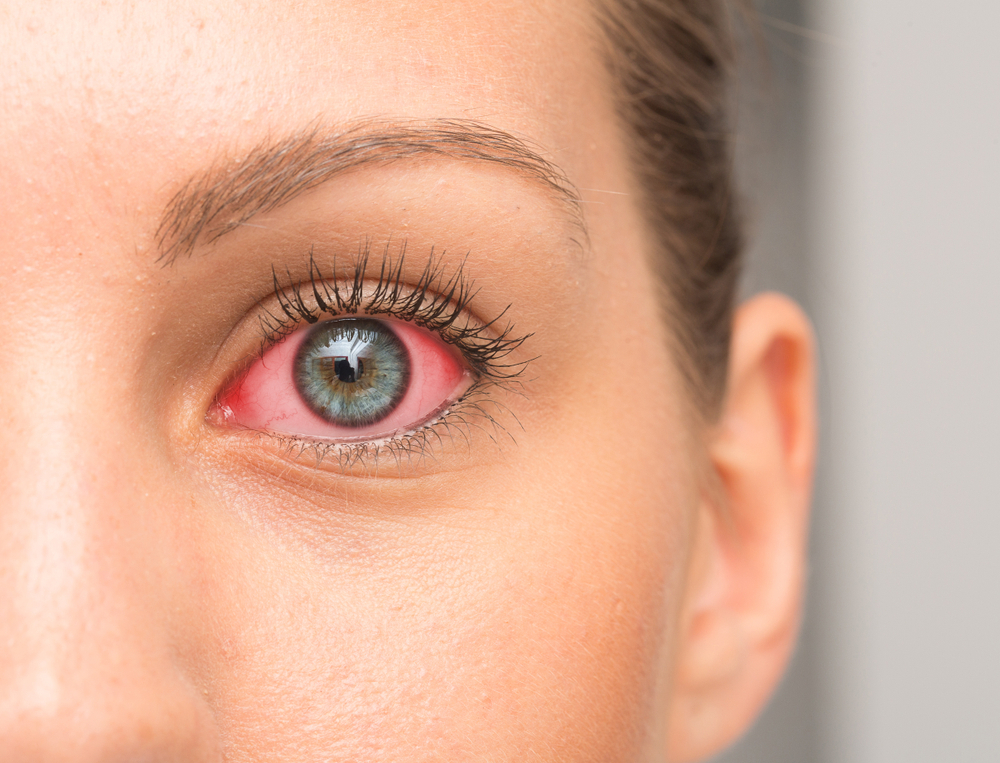
Occular Inflamation
An inflammation of the middle layer of the eye (uvea). The most common type is an inflammation of the iris called iritis (anterior uveitis). Symptoms include redness, pain, light sensitivity, blurred vision and dark floating spots in the field of vision.
Ocular inflammation is a component of eye surgery, sometimes leading to its complications, such as macular cystoid edema, and often being targeted by pharmacologic therapy or less invasive surgical procedures.
